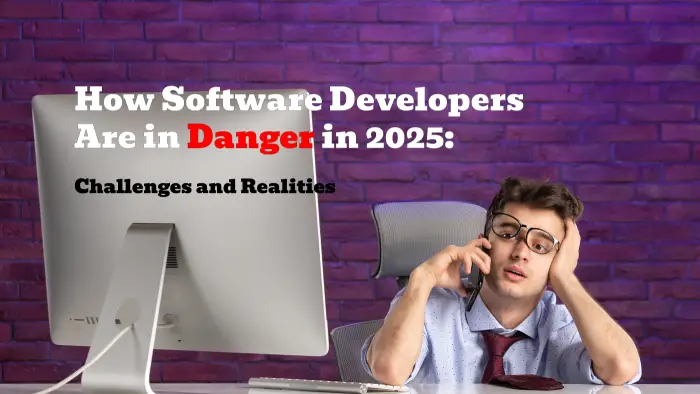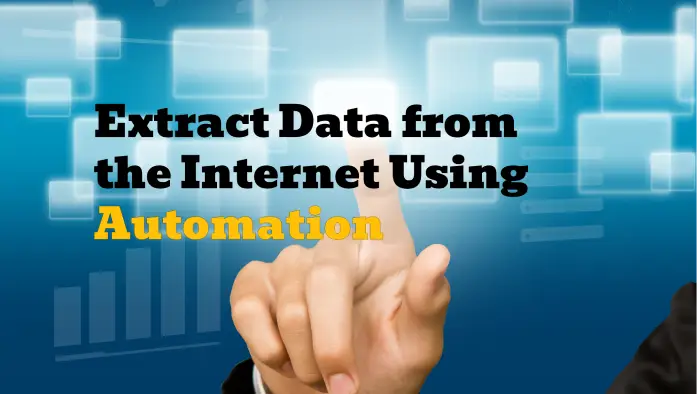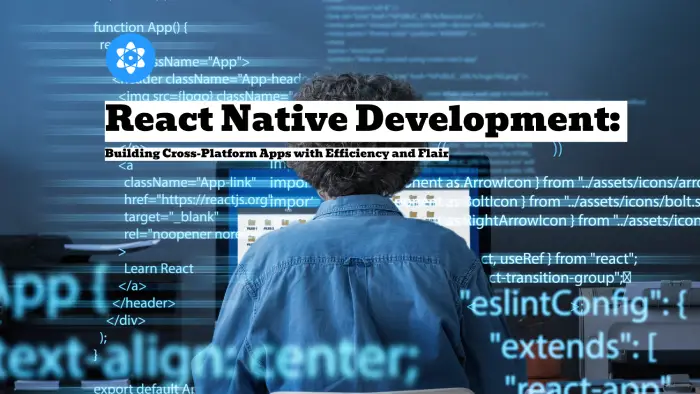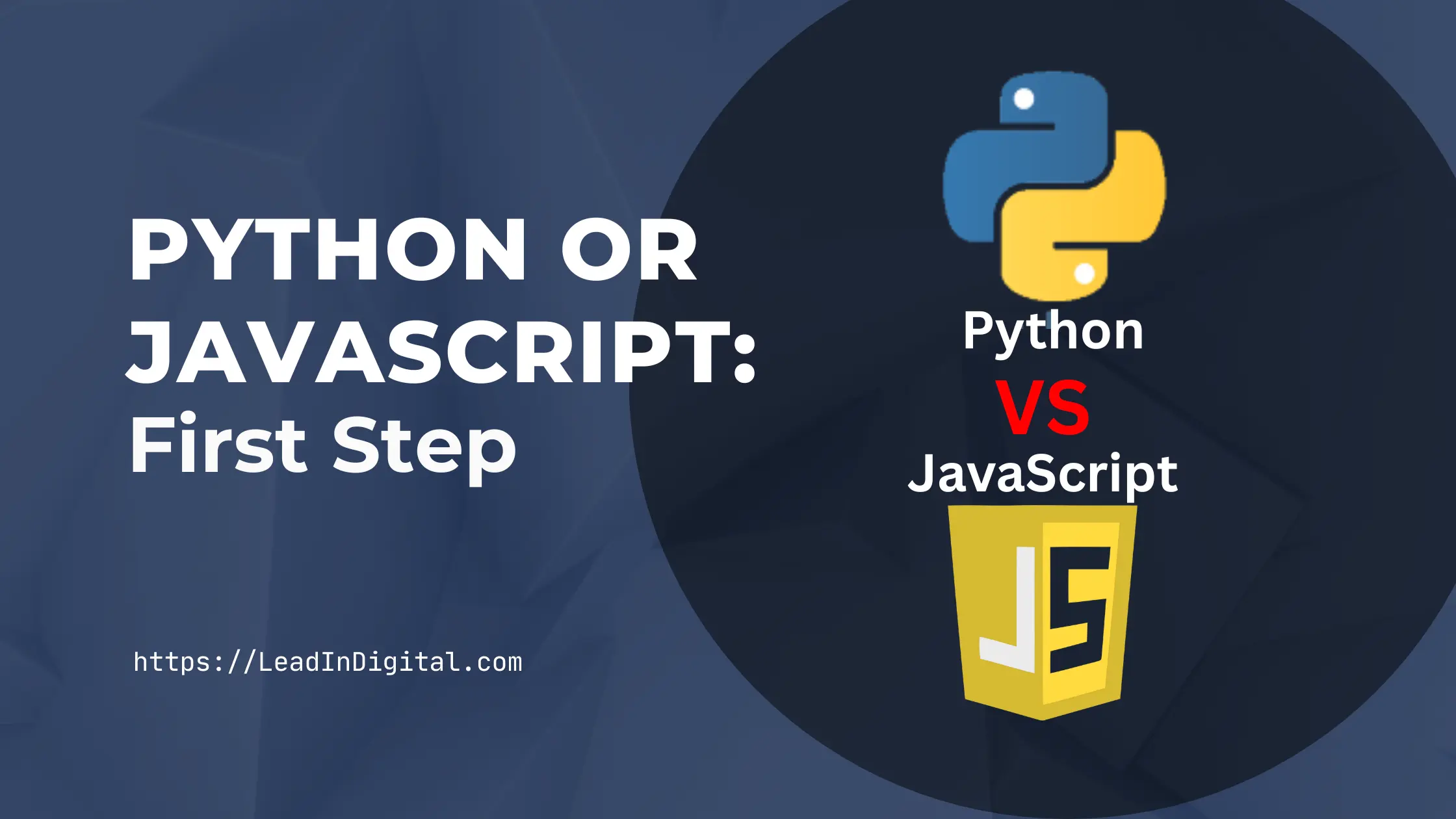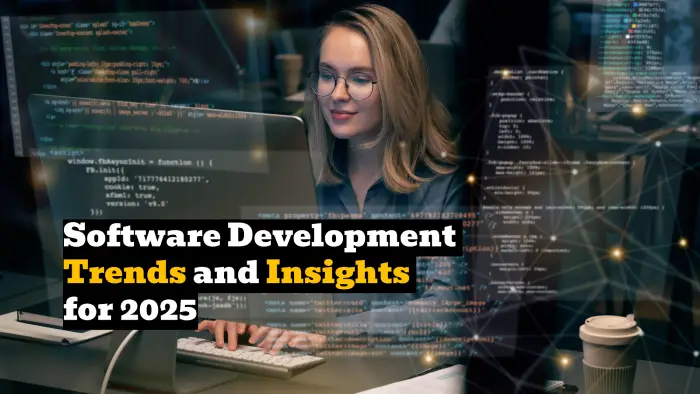
Software development is evolving faster than ever. Today, it’s not just about writing code—it’s about creating smarter, faster, and more secure solutions that empower businesses and people alike. As we move through 2025, key trends are shaping how developers work and how software transforms industries.
Whether you’re a seasoned developer, a business leader, or simply curious about tech, understanding these trends will keep you ahead of the curve.
Top Software Development Trends in 2025
| Trend | What It Means | Why It Matters |
|---|---|---|
| AI-Powered Development | AI tools assist with coding, testing, and debugging | Boosts productivity and code quality |
| Low-Code / No-Code | Platforms allow building apps with minimal or no programming | Speeds up development, empowers non-developers |
| Cloud-Native & Microservices | Building scalable apps using modular, cloud-based components | Increases flexibility and resilience |
| DevSecOps (Security-First) | Integrating security throughout development lifecycle | Protects software from vulnerabilities |
| Edge Computing | Running software closer to users and devices | Reduces latency, ideal for IoT and smart systems |
| Quantum Computing Exploration | Early experimental use of quantum algorithms | Potential breakthroughs in complex computing problems |
How These Trends Change the Developer's World
Developers today have powerful allies in AI-powered tools like GitHub Copilot and automated testing suites. These tools don’t replace coding skills; they augment them, making it faster and easier to write clean, reliable software.
At the same time, low-code and no-code platforms democratize app creation, enabling product managers, marketers, and business users to prototype and launch solutions independently, speeding innovation cycles.
Cloud-native design and microservices let teams build applications that can scale effortlessly, while DevSecOps practices ensure security is baked in from day one, not added later as an afterthought.
Meanwhile, edge computing and IoT push software beyond centralized data centers, bringing intelligence directly to devices and users for real-time responsiveness.
Practical Benefits for Businesses and Users
Faster Time to Market: Quick iteration cycles mean products and features reach customers sooner.
Improved Security: Continuous security integration helps prevent costly breaches.
Greater Flexibility: Modular software adapts easily to changing business needs.
Increased Productivity: AI-driven developer tools reduce repetitive tasks.
Wider Innovation: More team members can contribute ideas through low-code tools.
Enhanced User Experience: Edge computing decreases lag in connected devices.
Common Challenges and How to Overcome Them
| Challenge | Why It Happens | How to Address It |
|---|---|---|
| Skills Gap | Rapid tech changes outpace current training | Invest in ongoing education and mentorship programs |
| Security Complexities | Growing attack surfaces in connected applications | Adopt DevSecOps and proactive threat modeling |
| Integration with Legacy | Existing systems hard to connect with modern apps | Use APIs and middleware for smooth interoperability |
| Balancing Agility & Quality | Pressure to deliver quickly can affect quality | Implement CI/CD and automated testing pipelines |
Useful Resources
Learn more about DevSecOps practices for secure development.
Explore how low-code platforms empower citizen developers.
